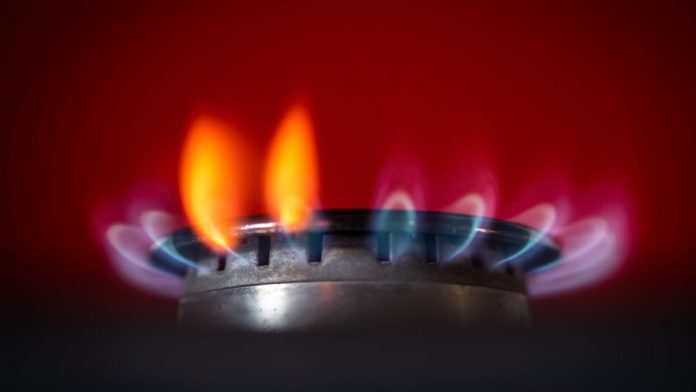Higher energy costs: Bills for electricity and heating in particular are more expensive in eastern Germany – despite lower incomes.
According to calculations by the comparison portal Verivox, energy costs place a disproportionately high burden on East German households. Adjusted for differences in purchasing power, the costs for heat, electricity and fuel are almost 22 percent higher than in the West. The burden is highest in Thuringia and lowest in Bavaria.
According to Verivox, an average German household with around two members – 2.03 people to be precise – currently spends 4,297 euros per year on energy. In the western German states, the average household spends slightly less at 4,280 euros, but in the eastern German states it is significantly more at 100 euros more than in the west.
However, when the lower incomes are taken into account, the gap is much larger. According to Verivox, adjusted for purchasing power, annual energy costs in the west are 4,139 euros and in the east 5,042 euros – a difference of more than a fifth. According to this calculation, the leaders are households in Thuringia, which are 23 percent above the national average, followed by Bremen and Saxony with 20 percent more each, Saxony-Anhalt with an increase of 19 percent and Mecklenburg-Western Pomerania with 18 percent.
According to Verivox, energy costs are lowest in Bavaria, which has high purchasing power, where they are ten percent below the national average. Baden-Württemberg is eight percent lower and Hesse five percent lower.
According to Verivox, the average disposable household income in West Germany is 58,333 euros, while in East Germany it is 48,977 euros – around 16 percent less.
At the same time, higher prices are charged for the same amount of energy in the East. According to the comparison portal, there is no significant difference when it comes to refueling, but for electricity and heat, the difference is several percent.
“While households in the old federal states have to spend around seven percent of their purchasing power on electricity, heat and fuel, in the new federal states it is around nine percent,” explained Thorsten Storck from Verivox. “The energy price differences between East and West can be partly explained by the network fees. The costs for operating, maintaining and expanding the electricity network are around three percent higher for electricity in East Germany and around ten percent higher for gas.”


